Beginner’s Guide to Mastering Fly Fishing
Fly fishing stands as one of the most elegant and rewarding forms of angling, blending art, science, and outdoor appreciation into a singular pursuit. Unlike conventional fishing methods, fly fishing involves using an artificial “fly” to attract fish, mimicking the insects or small creatures they naturally feed upon. While it may appear intimidating at first glance—with its distinctive casting technique and specialized equipment—fly fishing is an accessible hobby that anyone can learn with proper guidance and practice. This ancient method of fishing dates back thousands of years but continues to captivate modern anglers with its meditative rhythm, connection to nature, and the unparalleled thrill of a well-earned catch.
Whether you’re standing in a babbling mountain stream or casting along a peaceful lakeshore, fly fishing offers both challenge and serenity. This guide will walk you through everything you need to know to begin your journey into the fascinating world of fly fishing.
Understanding the Fundamentals of Fly Fishing

Fly fishing differs fundamentally from conventional fishing in that the weight of the line, rather than the lure, carries the cast. This core principle shapes everything about the sport, from equipment design to casting technique. The “fly” itself is typically a lightweight, often buoyant artificial lure crafted to imitate insects, small fish, or other natural food sources that fish prey upon. Unlike spin fishing, where you’re essentially throwing a weighted lure, fly fishing requires you to form graceful loops with a weighted line to deliver your virtually weightless fly to the target area.
This distinctive approach allows for exceptionally delicate presentations, making it possible to place your fly on the water with minimal disturbance—crucial when targeting wary fish like trout in clear waters. Understanding this fundamental difference is your first step toward becoming a proficient fly angler.
Essential Fly Fishing Equipment for Beginners
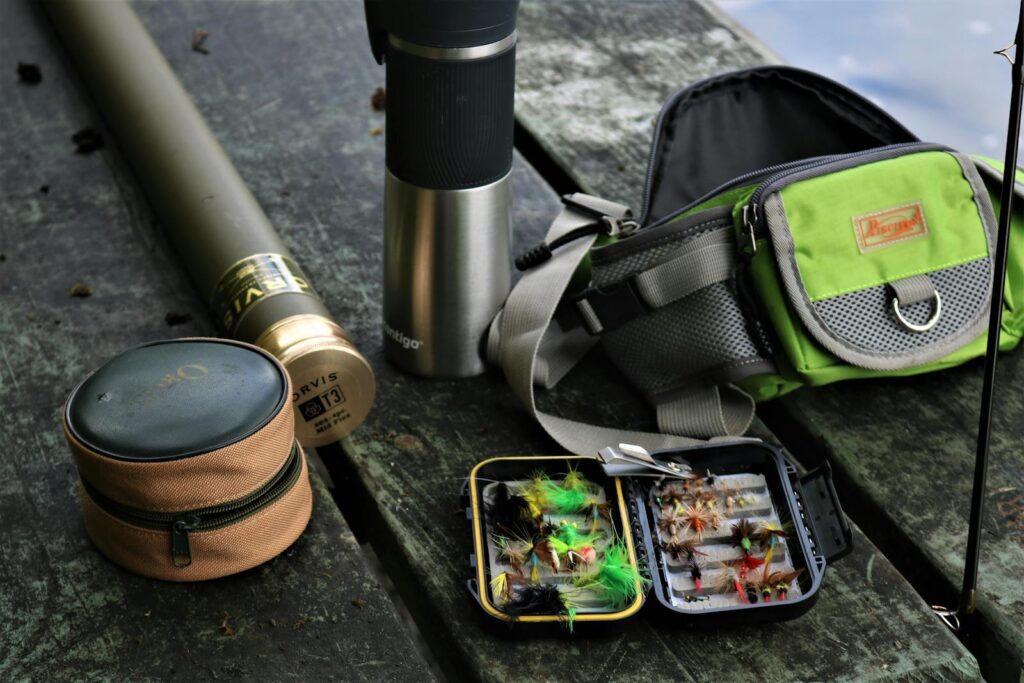
Starting your fly fishing journey requires some specialized equipment, but beginners need not invest in top-tier gear immediately. A basic setup includes a fly rod (a 9-foot, 5-weight rod offers versatility for most freshwater situations), a matching fly reel (preferably with a simple drag system), and a floating fly line with backing and leader. You’ll also need a selection of flies appropriate for your local waters—typically a mix of dry flies, nymphs, and streamers to cover different fishing scenarios. Don’t forget accessories like nippers for cutting line, forceps for hook removal, floatant for dry flies, and a net for landing fish.
Consider investing in chest waders and wading boots if you plan to fish in streams or rivers, though they aren’t essential for lake or pond fishing. Many outfitters offer beginner packages that include compatible components at reasonable prices, making the initial investment more manageable.
Selecting Your First Fly Rod
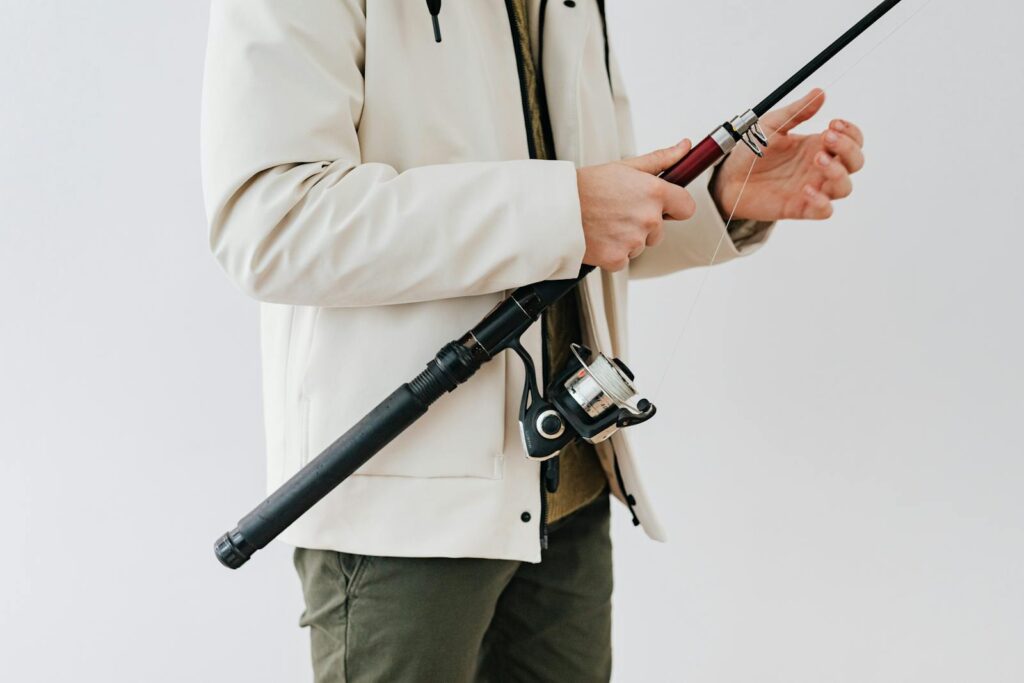
Your fly rod serves as the foundation of your fishing system, making its selection particularly important. For beginners, a medium-action 9-foot, 5-weight rod offers the ideal balance of versatility and forgiveness. The “weight” designation refers to the line weight the rod is designed to cast, with higher numbers indicating heavier lines for larger fish and flies. A 5-weight rod handles everything from small trout to modest bass, making it perfect for learning. Modern graphite rods provide excellent performance, though fiberglass and bamboo options exist for those seeking different actions or aesthetic appeal. Many manufacturers offer specific beginner models with slower, more forgiving actions that make learning to cast significantly easier.
Consider purchasing a rod with a warranty, as accidents happen frequently during the learning phase. Remember that while high-end rods offer refinements in sensitivity and weight, they won’t necessarily make you a better angler when you’re just starting out.
Understanding Fly Lines, Leaders, and Tippets
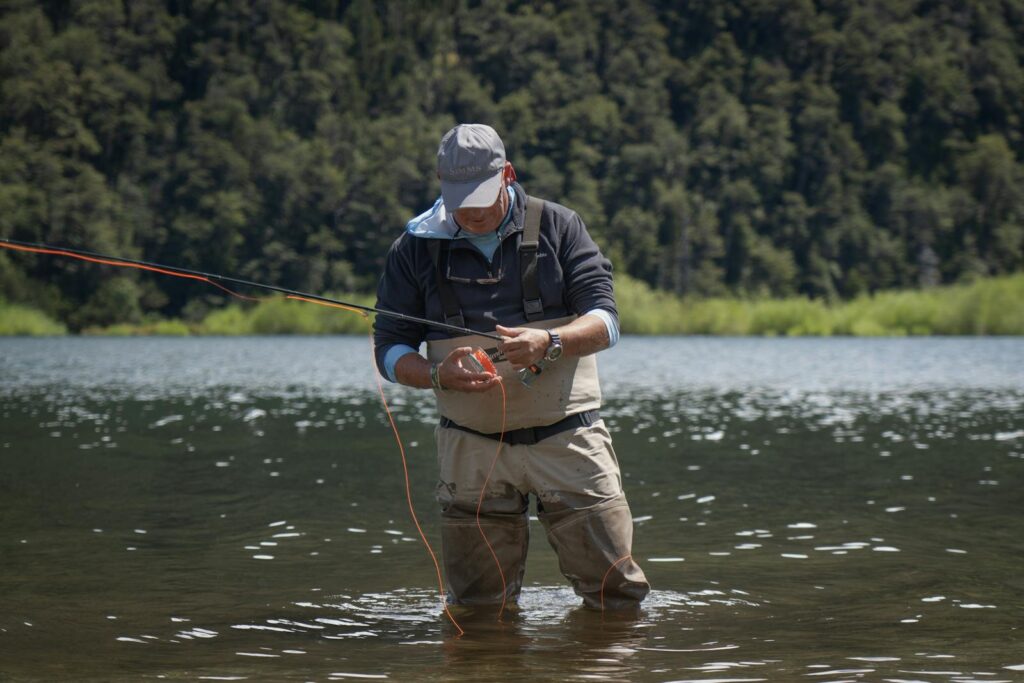
The fly line system consists of several components working in harmony to deliver your fly effectively. The backing connects to your reel first, providing extra line length for fighting larger fish. Your fly line—the colored, weighted portion—attaches to the backing and carries the energy of your cast. A tapered leader (typically 7.5-9 feet long) connects to the fly line, transitioning from thick to thin to transfer energy while providing some invisibility near the fly. Finally, the tippet—the thinnest section—connects directly to your fly and may be replaced as needed. For beginners, a weight-forward floating line matching your rod weight is most versatile, allowing for easier casting and visible drift observation.
Leaders and tippets come in various strengths measured by “X” ratings (higher X numbers indicate thinner diameters), with 4X-6X suitable for most trout fishing situations. Understanding this system is crucial, as improper setup can severely hamper your casting effectiveness and fish-catching ability.
Mastering the Basic Fly Casting Technique

Fly casting intimidates many beginners, but breaking it down into fundamental components makes it approachable. The basic overhead cast consists of two primary movements: the back cast and the forward cast, creating a smooth, rhythmic motion that forms loops in the line. Begin with about 20-30 feet of line out and your rod tip pointed down. For the back cast, smoothly accelerate the rod backward to a 1 o’clock position, stopping decisively to allow the line to unfurl behind you. After a brief pause (the length depending on how much line you’re casting), bring the rod forward to a 10 o’clock position with similar acceleration and abrupt stop.
The key lies in letting the rod do the work—you’re not muscling the line but transferring energy through the rod with proper timing. Practice this movement without a fly on grass first, focusing on forming tight loops and consistent timing. Remember that casting is about finesse rather than power, and most beginners apply too much force rather than too little.
Understanding Different Types of Flies

Flies fall into several categories, each imitating different stages of aquatic life or food sources. Dry flies float on the water’s surface, imitating adult insects like mayflies, caddisflies, or terrestrials like grasshoppers. Nymphs sink beneath the surface, mimicking immature insects as they develop underwater—a stage where fish do approximately 80% of their feeding. Streamers imitate small fish, leeches, or other swimming creatures and are typically larger than other fly types. Wet flies swing through the water column, representing insects emerging toward the surface.
For beginners, starting with a selection of attractor patterns (flies that don’t precisely imitate specific insects but trigger feeding responses through general appearance or movement) can simplify the learning process. Building a basic fly box with a few patterns in different sizes from each category will prepare you for most fishing situations. As you gain experience, you can expand your collection to include more specialized imitations for specific hatches and conditions.
Reading Water and Finding Fish
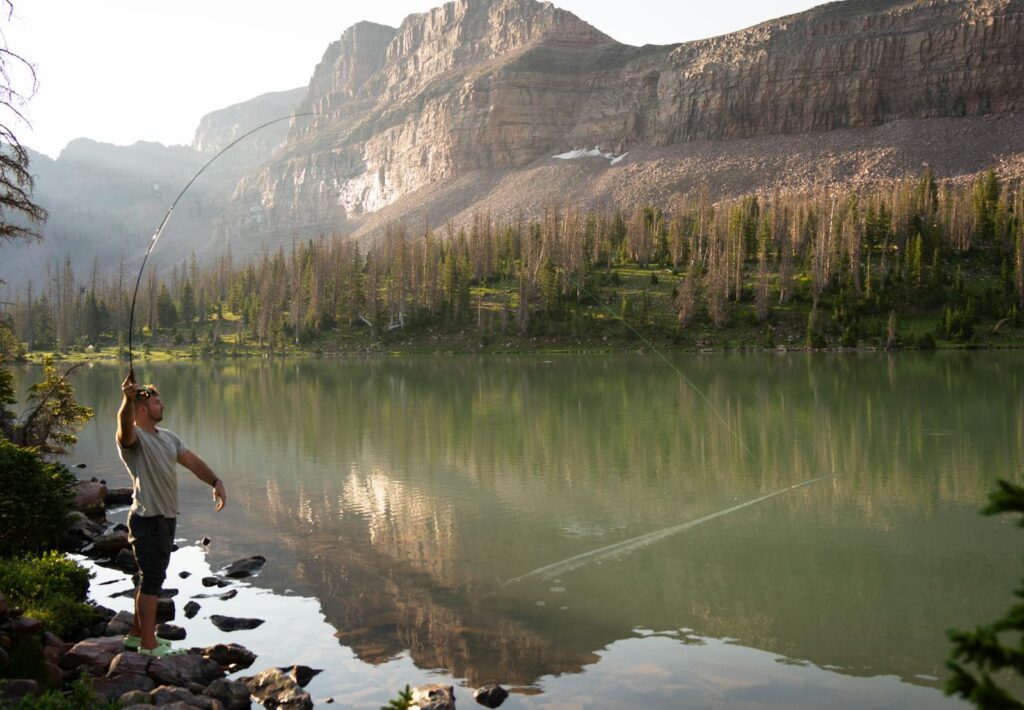
Successfully locating fish requires understanding how they behave in their environment. Fish generally position themselves where they can access food with minimal energy expenditure while staying protected from predators. In streams and rivers, look for seams where fast and slow currents meet, creating natural feeding lanes where fish can rest in slower water while watching for food drifting by in faster currents. Undercut banks, overhanging vegetation, submerged rocks, and fallen trees provide cover where fish feel secure. Depth changes, particularly drop-offs near shallows, often hold fish that move between feeding and resting areas.
On still waters like lakes and ponds, focus on structure such as weed beds, submerged timber, and depth changes, especially during morning and evening hours when fish typically feed more actively near the surface. Learning to “read water” is a lifelong skill that improves with experience, but even beginners can dramatically increase their success by focusing on these high-percentage areas rather than casting randomly.
Proper Fly Presentation Techniques
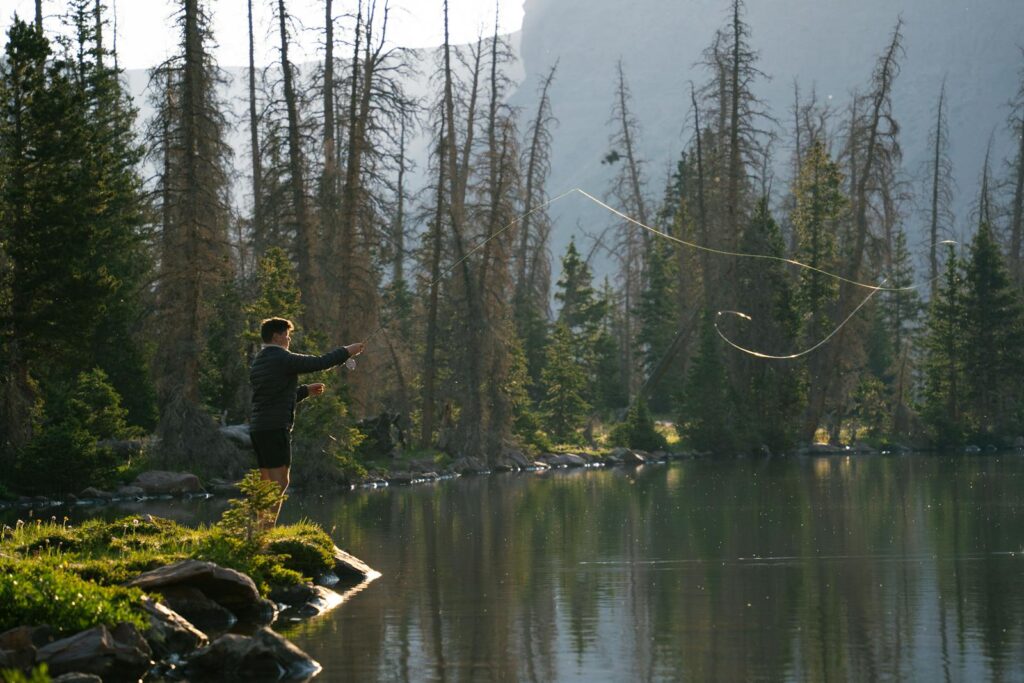
How you present your fly often matters more than which fly you choose, making presentation a critical skill for successful angling. For dry flies, achieving a drag-free drift—where your fly moves naturally with the current without unnatural acceleration or deceleration caused by line tension—is essential for fooling wary fish. This often requires mending, the practice of repositioning your line on the water to prevent drag. When fishing nymphs, controlling their depth is crucial, typically accomplished with added weight or specialized sinking lines. Streamers require different techniques altogether, often employing strips, twitches, or swings to imitate the swimming motion of baitfish or other creatures.
Regardless of fly type, minimizing splash when your fly lands helps avoid spooking fish, particularly in clear, calm waters. Learning to position yourself appropriately—casting upstream to approaching fish rather than standing in their path—dramatically improves your chances of success by keeping you outside their field of vision.
Essential Knots for Fly Fishing

Mastering a few essential knots will serve you well as a beginning fly angler. The improved clinch knot provides a reliable connection between your tippet and fly, maintaining approximately 85-90% of the line’s strength when properly tied. The surgeon’s knot allows you to connect two pieces of monofilament or fluorocarbon together, useful for adding tippet to a worn leader or creating leader sections of different diameters. The loop-to-loop connection joins your fly line to your leader with flexibility that helps transfer energy during casting. The arbor knot secures your backing to the reel arbor, forming the foundation of your entire line system. Practice these knots at home before heading to the water, as fumbling with knots streamside can be frustrating and cost valuable fishing time.
Carry a small knot-tying reference card until you’ve committed these patterns to muscle memory. Remember that a poorly tied knot is often the weakest link in your setup and the most common reason for losing fish.
Etiquette and Ethics on the Water
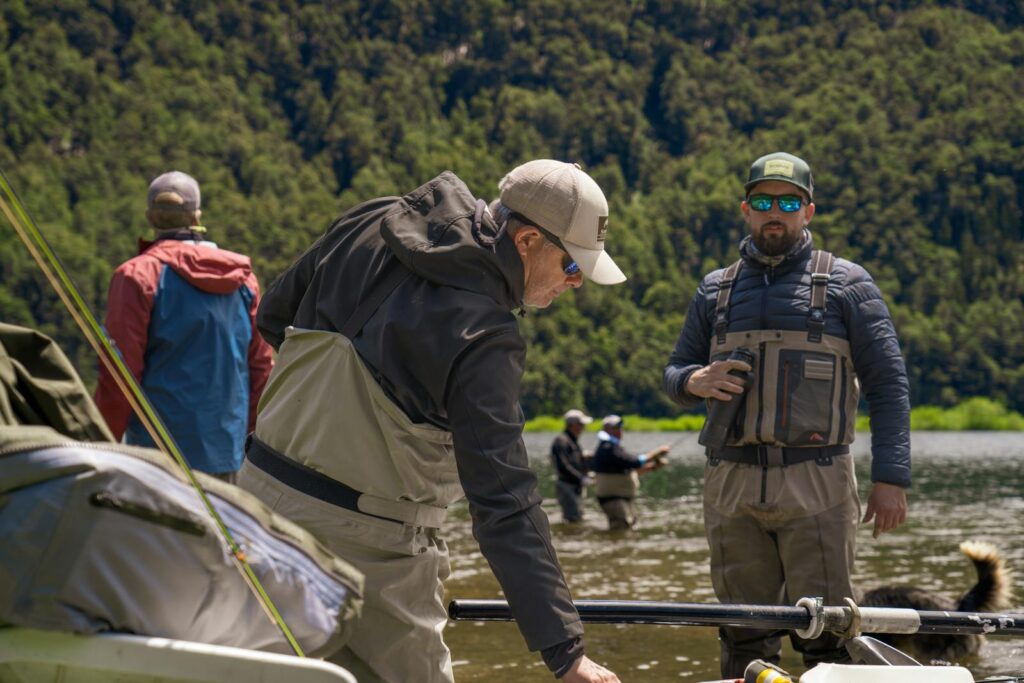
Responsible angling begins with understanding and practicing proper stream etiquette. Always give other anglers adequate space, generally staying at least 50-100 feet away unless invited closer. When approaching a section of water where someone is fishing, move well around them rather than wading through their area. Practice catch and release properly by using barbless hooks, keeping fish in the water as much as possible during handling, and supporting their weight horizontally rather than dangling them vertically. Understand and follow local fishing regulations regarding seasons, size limits, and protected species.
Leave no trace by packing out all trash, including discarded fishing line which can be particularly hazardous to wildlife. Respect private property by obtaining permission before crossing or fishing on private land. These practices not only preserve the resource for future anglers but also maintain the peaceful, respectful atmosphere that makes fly fishing such a rewarding experience.
Seasonal Strategies for Success
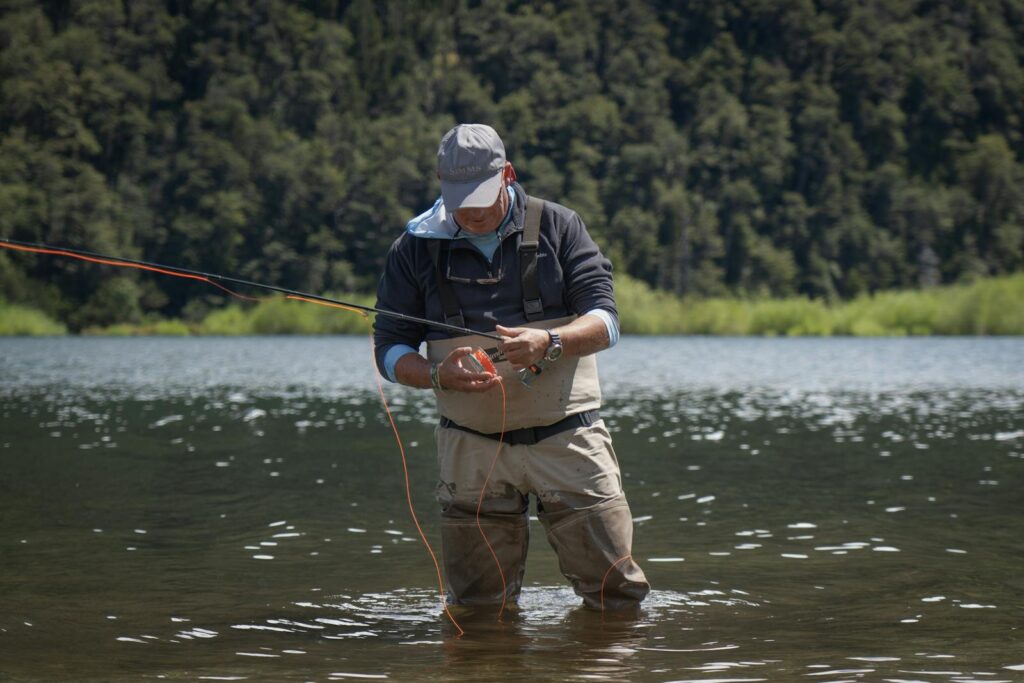
Each season presents unique opportunities and challenges for fly anglers. Spring brings insect hatches as water temperatures rise, creating prime dry fly fishing conditions, particularly during mayfly and caddis emergences. Summer often shifts feeding activity to early morning and evening hours when temperatures are cooler, with terrestrial insects like ants, beetles, and grasshoppers becoming important food sources. Fall sees many fish species becoming more aggressive as they prepare for winter, with streamers becoming particularly effective as fish seek calorie-dense meals. Winter requires adjustments to slower, deeper presentations with smaller flies, targeting reduced feeding windows during the warmest part of the day.
Understanding these seasonal patterns helps you select appropriate flies, techniques, and fishing times to maximize your success throughout the year. Weather conditions further influence these patterns—falling barometric pressure before storms often triggers feeding frenzies, while bright, cloudless days might require more subtle approaches and better concealment from fish with excellent overhead visibility.
Essential Safety Considerations
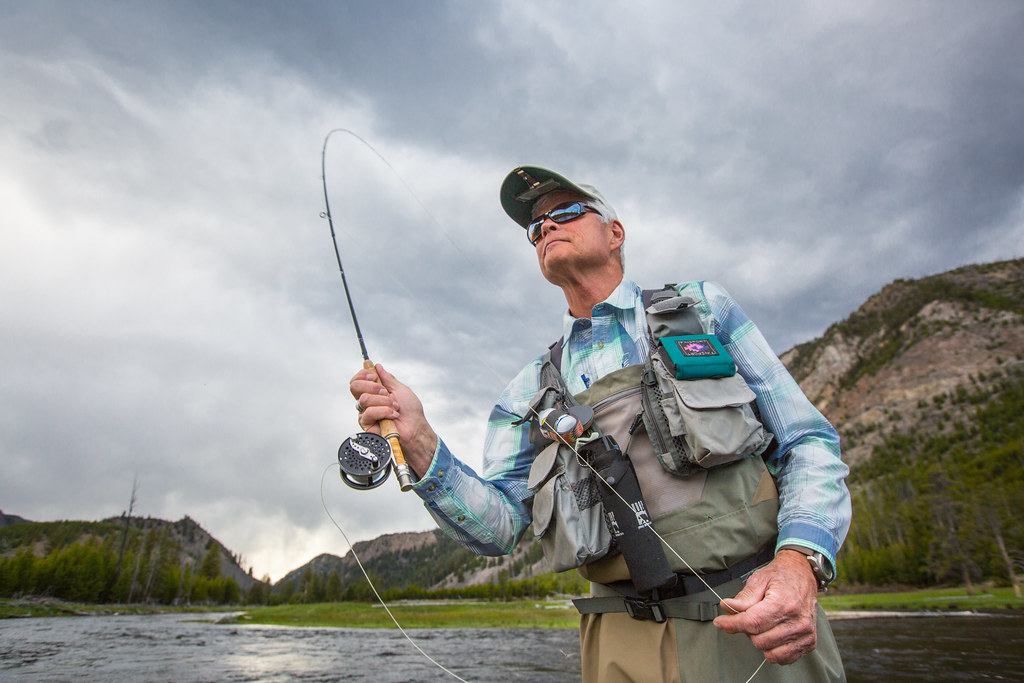
Safety should always be your primary concern when fly fishing, particularly when wading in moving water. Always wear a wading belt with chest waders to prevent them from filling with water if you fall. Consider using a wading staff for stability, especially in swift currents or on slippery stream beds. Study water conditions before entering, avoiding areas with dangerous hydraulics or depths beyond your comfort level. Be particularly cautious during spring runoff when water levels can be unpredictably high and powerful. Weather awareness is crucial—exit the water immediately during thunderstorms as graphite rods conduct electricity and make excellent lightning rods.
Carry basic first aid supplies for hook injuries, slips, and falls. When fishing remote areas, inform someone of your itinerary and expected return time. Dressing in layers allows adaptation to changing conditions, while sun protection (hat, sunglasses, sunscreen) prevents burns and improves visibility through glare. Remember that no fish is worth risking your safety—conditions that seem marginal can quickly become dangerous.
Building Your Skills Through Practice and Resources

Consistent improvement in fly fishing comes through deliberate practice and knowledge acquisition. Consider taking a lesson from a certified casting instructor to establish proper technique from the beginning, preventing the formation of bad habits that can be difficult to correct later. Join a local fly fishing club to connect with experienced anglers willing to share knowledge and possibly fishing opportunities. Online resources like instructional videos can provide visual references for techniques that are difficult to grasp through text alone. Dedicated practice sessions away from the water—casting in parks or yards—allow you to focus on technique without the pressure of actually fishing.
Keep a fishing journal documenting conditions, successful flies, and observations to identify patterns over time. Remember that even the most accomplished anglers continue learning throughout their lives, approaching each fishing trip as an opportunity to refine their craft. Patience with yourself during the learning process is essential—fly fishing rewards persistence with increasingly meaningful experiences as your skills develop.
Conclusion
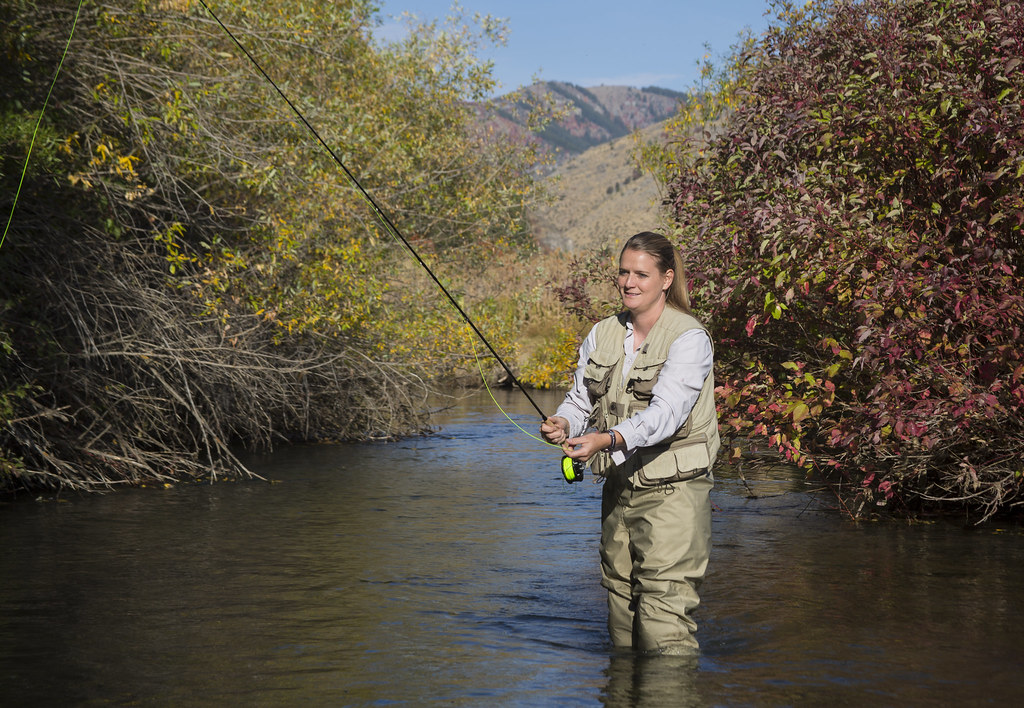
Embarking on your fly fishing journey opens the door to a lifelong pursuit that offers much more than just catching fish. As you progress from mastering basic casts to reading water like a book, you’ll develop a deeper connection with the natural world and perhaps discover a meditative quality in the rhythmic casting and focused observation the sport demands. Remember that every expert angler began as a novice, and each mistake provides valuable learning. Start with appropriate equipment, focus on fundamental techniques, and gradually expand your skills through practice and experience.
Embrace the ethos of conservation that permeates modern fly fishing, treating each fish and waterway with respect. Whether you’re drawn to the technical challenges, the artistic elements, or simply the peace found on quiet waters, fly fishing offers something for everyone. With the foundation provided in this guide, you’re well-equipped to begin a rewarding adventure that combines outdoor recreation, skill development, and a deepened appreciation for aquatic ecosystems.
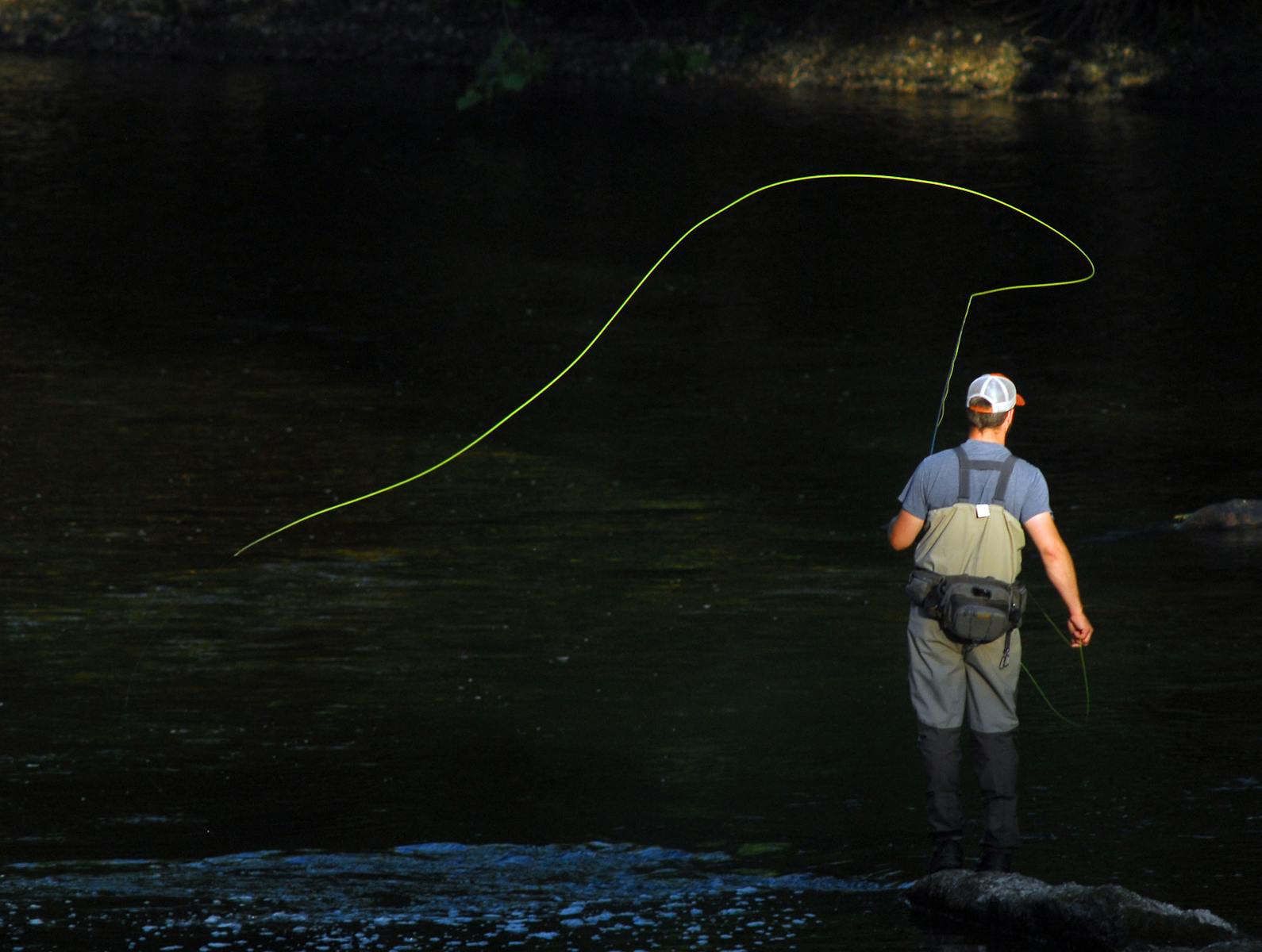
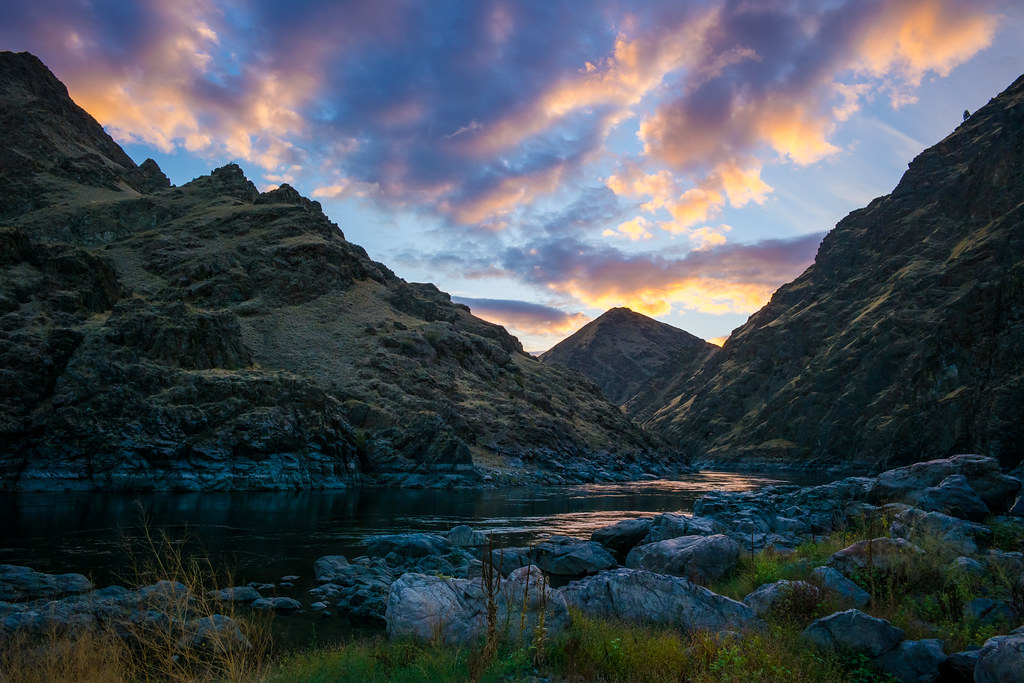

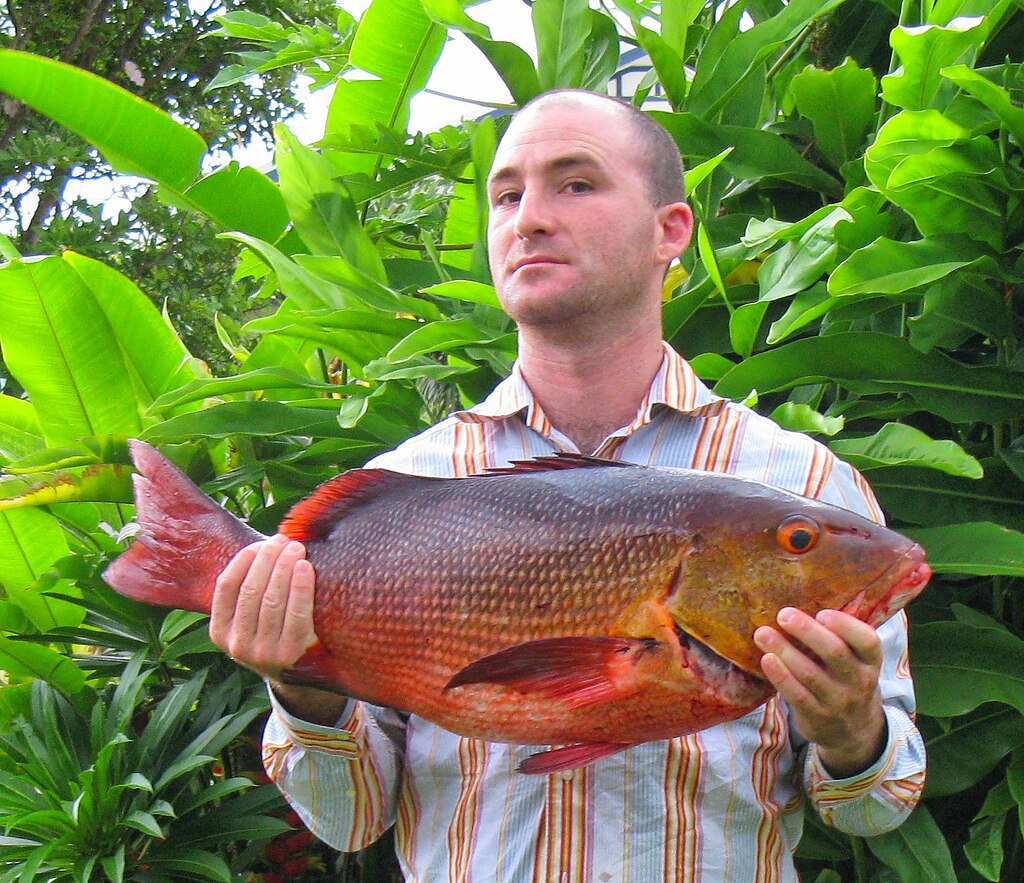










Post Comment